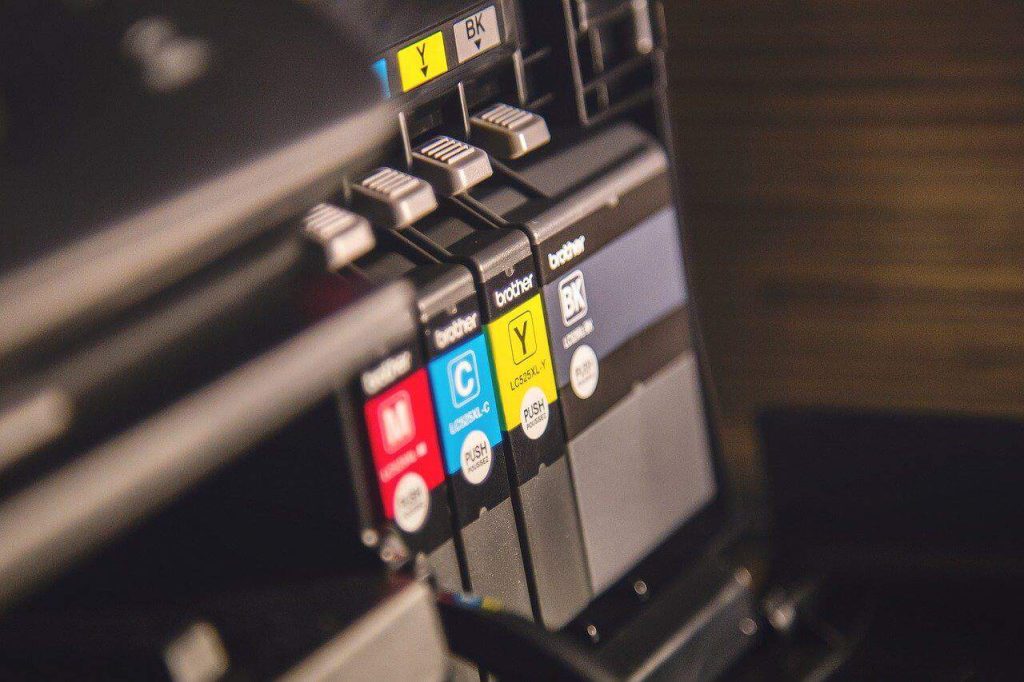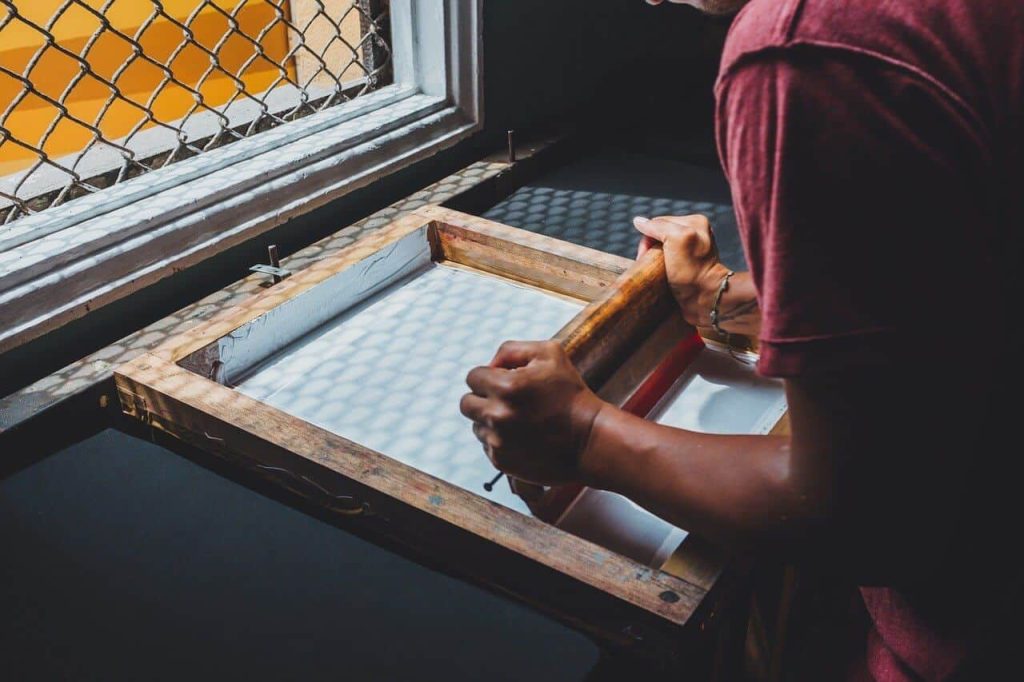Although the Polish printing market is the largest in Europe, few Poles know what exactly printing does and what services printing companies offer.
Printing deals with various aspects of printing at all stages of its creation, including preparation and finishing. It is an industry that has a huge impact on the entire economy and deals with the printing of books, packaging, magazines and journals, posters, banners and flyers, among others.
In the past, the printing press did not have an easy task because the first printing presses from the 15th century required the manual setting of massive fonts. This made books rather luxurious and only available to a small portion of the population. Today, printing has modern technology and innovative computer techniques that have streamlined the entire process and expanded it to a mass scale. Printing is faster, cheaper and more widely available.

Although most of us associate printing mainly with printing, the whole process involves three stages:
Unlike regular printing houses, printing houses offer comprehensive printing services, which means that they take care of a project at all stages of its creation. A qualified polygraph examiner must therefore have knowledge of the entire process and know what technical solutions to offer the customer in order to meet their expectations and deliver a high-quality project. Fortunately, there is no shortage of possibilities.
Today’s printing industry can choose from many printing techniques. The basic division includes:

Of those mentioned above, flatbed printing is the most popular and now offers a wide variety of printing methods. Some of the most important ones include digital printing, offset printing, and solvent printing.
Digital printing creates an image directly on the substrate using data from a computer. This technique is ideal for low print runs and quick turnaround. It also gives the possibility to freely edit individual elements of the project and personalize the order.
Offset printing uses die exposure technology and allows for large print runs in a short period of time, so it is cost effective for printing a minimum of several hundred pieces of material.
Solvent printing uses inks based on organic solvents, which allows you to work with virtually all types of substrates. Because solvent prints are very durable, but also toxic, this technique is mainly used for large format printing for outdoor use.
Among the unusual but gaining popularity techniques worth mentioning are UV printing and screen printing. The former is mainly used to create large format projects, due to its high resistance to abrasion and external factors. It uses polymer inks and UV light fixation.

Screen printing is a very specific method because it involves applying ink under high pressure through a stencil and a dense mesh that can be made of metal, polyester or nylon. This technique is favored by crafters for printing on ceramics or textiles.
Practically anything that can be printed in one way or another. Books, magazines, newspapers, leaflets, posters, catalogs, information materials, labels and packaging, calendars, notebooks, invitations. All large format printing projects, i.e. banners, billboards, citylights, roll-ups. Additionally printing on fabrics, self-adhesive foils, ceramics and cardboards. The possibilities seem endless.